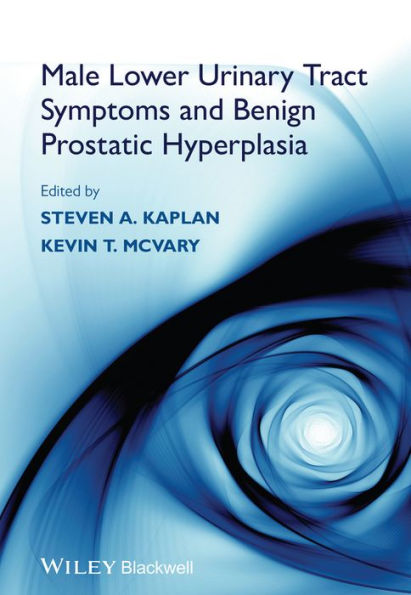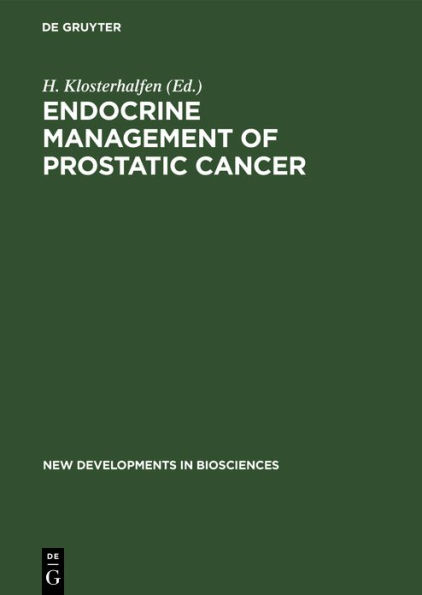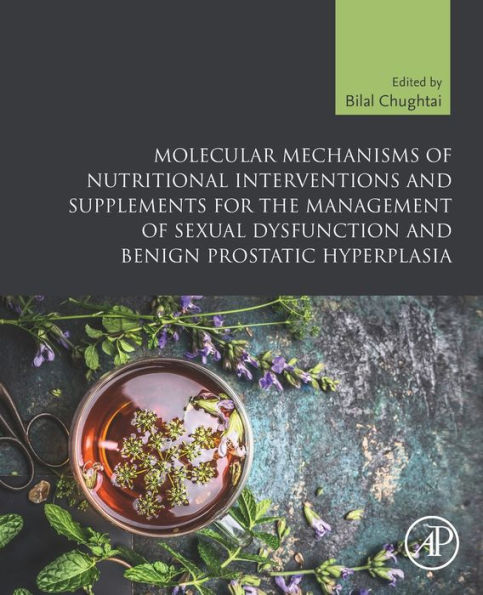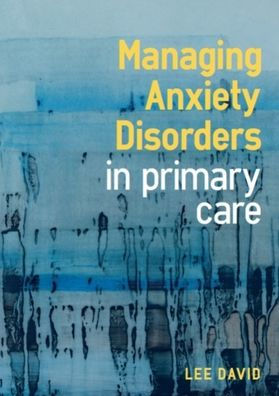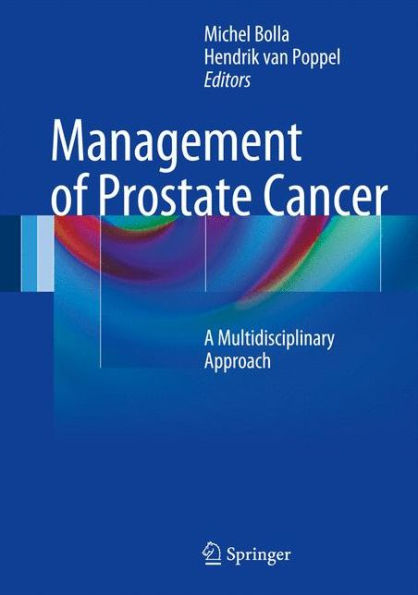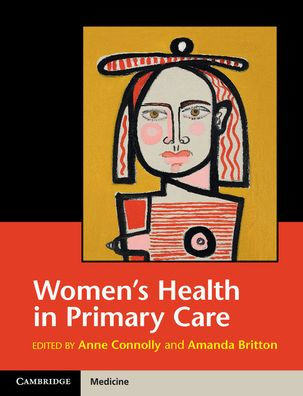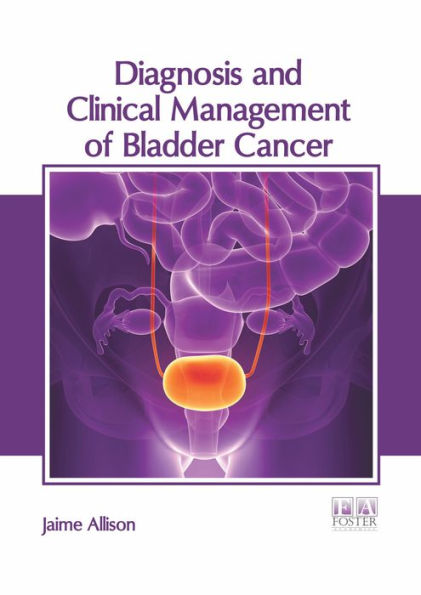Home
Benign Prostatic Hyperplasia (BPH) Management in Primary Care - Screening and Therapy
Barnes and Noble
Loading Inventory...
Benign Prostatic Hyperplasia (BPH) Management in Primary Care - Screening and Therapy in Franklin, TN
Current price: $13.99
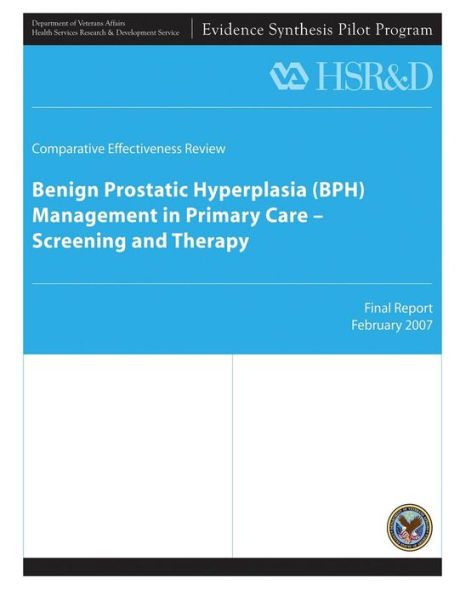
Barnes and Noble
Benign Prostatic Hyperplasia (BPH) Management in Primary Care - Screening and Therapy in Franklin, TN
Current price: $13.99
Loading Inventory...
Size: OS
Benign prostatic hyperplasia (BPH) causes urinary hesitancy and intermittency, weak urine stream, nocturia, frequency, urgency, and the sensation of incomplete bladder emptying. These symptoms, collectively called "lower urinary tract symptoms," or LUTS, can significantly reduce quality of life. Approximately 50% of men who have BPH develop moderate to severe symptoms. BPH is the 4th most commonly diagnosed disease among patients 50 years of age or older, after coronary disease and hyperlipidemia; hypertension; and type 2 diabetes. Among men over 50 years the prevalence of diagnosed BPH in the community is 13.5%. Reducing symptoms is the main reason to treat BPH. Men with no symptoms or mild symptoms (AUA Symptom Index [SI] score of less than 7 points), and those who tolerate moderate symptoms well, may be managed without pharmacotherapy ("watchful waiting"). Medical treatments include alpha-1-selective adrenergic receptor (a-1-AR) antagonists, and 5-alpha-reductase inhibitors (5-aRIs). Several reasons to choose one treatment instead of another have been suggested. A clinician may consider several factors in choosing a treatment: expeditious relief of the presenting symptoms and quality of life; quality of life related to adverse effects of medications such as sexual dysfunction, dizziness, and asthenia; preventing or delaying progression (especially acute urinary retention) in the long-term; the risk of developing cancer; the effect of treatment on hypertension, diabetes, post-traumatic stress disorder, and other conditions common among veterans. This report addresses the following questions about treatment for BPH: 1. For patients with BPH, what are the comparative benefits, harms, and efficacy of combination therapy with a 5-alpha-reductase inhibitor plus an alpha blocker versus either treatment alone? 2. What are the comparative efficacy and harms of alpha-1-adrenergic antagonists? 3. Are there subgroups of patients based on demographics (age, racial groups), other medications, or co-morbidities for which one treatment is more effective or associated with fewer adverse events?
Benign prostatic hyperplasia (BPH) causes urinary hesitancy and intermittency, weak urine stream, nocturia, frequency, urgency, and the sensation of incomplete bladder emptying. These symptoms, collectively called "lower urinary tract symptoms," or LUTS, can significantly reduce quality of life. Approximately 50% of men who have BPH develop moderate to severe symptoms. BPH is the 4th most commonly diagnosed disease among patients 50 years of age or older, after coronary disease and hyperlipidemia; hypertension; and type 2 diabetes. Among men over 50 years the prevalence of diagnosed BPH in the community is 13.5%. Reducing symptoms is the main reason to treat BPH. Men with no symptoms or mild symptoms (AUA Symptom Index [SI] score of less than 7 points), and those who tolerate moderate symptoms well, may be managed without pharmacotherapy ("watchful waiting"). Medical treatments include alpha-1-selective adrenergic receptor (a-1-AR) antagonists, and 5-alpha-reductase inhibitors (5-aRIs). Several reasons to choose one treatment instead of another have been suggested. A clinician may consider several factors in choosing a treatment: expeditious relief of the presenting symptoms and quality of life; quality of life related to adverse effects of medications such as sexual dysfunction, dizziness, and asthenia; preventing or delaying progression (especially acute urinary retention) in the long-term; the risk of developing cancer; the effect of treatment on hypertension, diabetes, post-traumatic stress disorder, and other conditions common among veterans. This report addresses the following questions about treatment for BPH: 1. For patients with BPH, what are the comparative benefits, harms, and efficacy of combination therapy with a 5-alpha-reductase inhibitor plus an alpha blocker versus either treatment alone? 2. What are the comparative efficacy and harms of alpha-1-adrenergic antagonists? 3. Are there subgroups of patients based on demographics (age, racial groups), other medications, or co-morbidities for which one treatment is more effective or associated with fewer adverse events?

